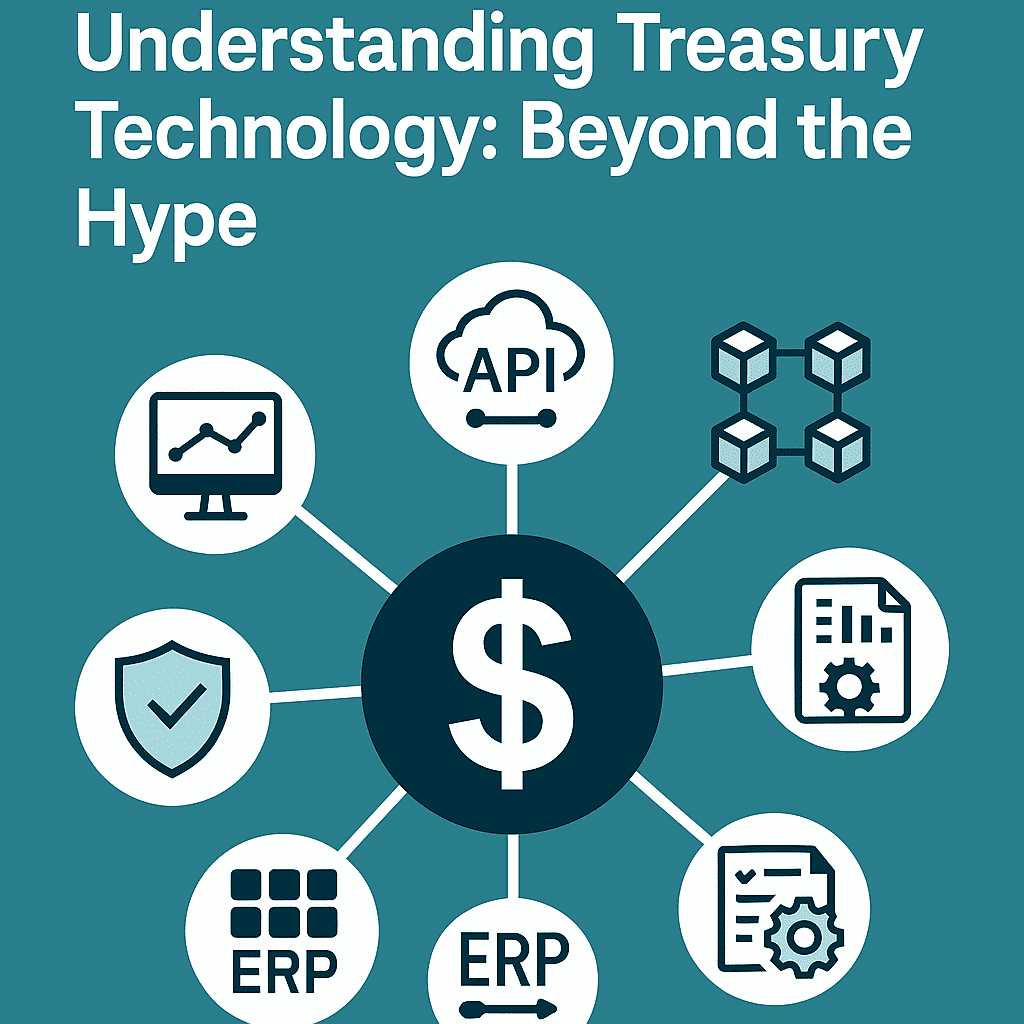In today’s fast-paced financial landscape, manual reconciliation processes can no longer keep up with the demands for accuracy and efficiency. Transaction matching between bank statements and internal ledgers is not only time-consuming but also prone to human errors, leading to discrepancies that can snowball into significant financial or compliance risks. This is where automation steps in to save the day.
The Problem: Manual Reconciliation Challenges
Manual reconciliation involves comparing transactions between two datasets: bank statements and internal ledgers. This process can become a bottleneck due to:
- Volume of Data: High transaction volumes can overwhelm even the most organized teams.
- Error-Prone Matching: Human errors in manual entries, calculations, or cross-checking can lead to inaccuracies.
- Time Consumption: Hours spent reconciling transactions divert resources from higher-value tasks.
- Delayed Insights: Slow processes prevent timely decision-making, negatively impacting cash flow management and financial forecasting.
The Solution: AI/ML-Powered Reconciliation Tool
An automated reconciliation tool leverages artificial intelligence (AI) and machine learning (ML) to streamline the process. Here’s how it works:
- Data Extraction: Import bank statements and ledger data into the tool, which parses the information regardless of the file format (e.g., Excel, CSV, or API integration).
- Smart Matching: Using ML algorithms, the tool identifies and matches transactions between datasets. It considers factors such as amount, date, transaction ID, and even descriptions to find the best match.
- Anomaly Detection: Any mismatches or anomalies are flagged for review, allowing finance teams to focus only on exceptions.
- Audit Trails: The tool automatically creates an audit trail, documenting each transaction’s reconciliation process for compliance and transparency.
- Continuous Improvement: As the tool learns from past reconciliations, its matching accuracy improves over time.
How to Build an Automated Reconciliation Tool
Creating your own reconciliation tool might seem complex, but breaking it into manageable steps simplifies the process. Here’s a step-by-step guide:
Step 1: Define the Scope
Identify the data sources you’ll integrate, such as:
- Bank statements (via API or file uploads)
- Internal ledger systems (e.g., ERP, accounting software)
Step 2: Set Up the Environment
- Programming Language: Use Python for its rich libraries and community support.
- Libraries: Install libraries like Pandas for data manipulation, NumPy for numerical operations, and Scikit-learn for machine learning.
- Database: Set up a database (e.g., PostgreSQL or MySQL) to store imported data.
Step 3: Data Import and Preprocessing
- Write a script to import data from bank statements and ledgers.
- Normalize the datasets to ensure compatibility. For example, convert dates to a uniform format and clean descriptions by removing unnecessary characters.
import pandas as pd
# Load bank statement and ledger files
bank_data = pd.read_csv("bank_statement.csv")
ledger_data = pd.read_csv("ledger.csv")
# Normalize data
bank_data['Date'] = pd.to_datetime(bank_data['Date'])
ledger_data['Date'] = pd.to_datetime(ledger_data['Date'])Step 4: Transaction Matching
Use a machine learning algorithm to match transactions based on similarity scores:
from sklearn.feature_extraction.text import TfidfVectorizer
from sklearn.metrics.pairwise import cosine_similarity
# Create similarity scores for descriptions
vectorizer = TfidfVectorizer()
bank_desc = vectorizer.fit_transform(bank_data['Description'])
ledger_desc = vectorizer.transform(ledger_data['Description'])
# Calculate similarity
similarity_matrix = cosine_similarity(bank_desc, ledger_desc)
# Identify best matches
matches = similarity_matrix.argmax(axis=1)Step 5: Flagging Anomalies
Highlight unmatched transactions or mismatched amounts:
for idx, match in enumerate(matches):
if bank_data.loc[idx, 'Amount'] != ledger_data.loc[match, 'Amount']:
print(f"Mismatch found: Bank transaction {idx} doesn’t match ledger transaction {match}")Step 6: Build the User Interface
Use a web framework like Flask or Django to create a front-end interface for:
- Uploading files
- Viewing reconciliation results
- Exporting reports
Step 7: Test and Deploy
Run tests using real-world datasets and deploy the tool to your organization’s environment. Regularly update the ML model to improve its performance.
Benefits of Automation
Implementing an automated reconciliation tool delivers immediate benefits:
- Time Savings: What once took hours can now be done in minutes.
- Improved Accuracy: Minimized errors enhance data integrity and trust.
- Cost Efficiency: Reduced manual effort means lower operational costs.
- Enhanced Insights: Real-time reconciliation provides up-to-date financial insights.
Conclusion
Manual reconciliation is a challenge of the past. By adopting AI/ML-powered tools, businesses can transform their financial operations, enabling teams to focus on strategic initiatives instead of tedious manual processes. Whether you’re a treasury professional or a business owner, investing in reconciliation automation is a step toward smarter, faster, and more reliable financial management.








Leave a Comment
You must be logged in to post a comment.